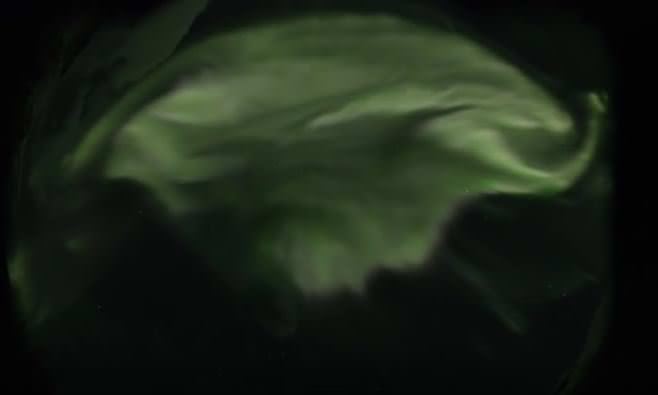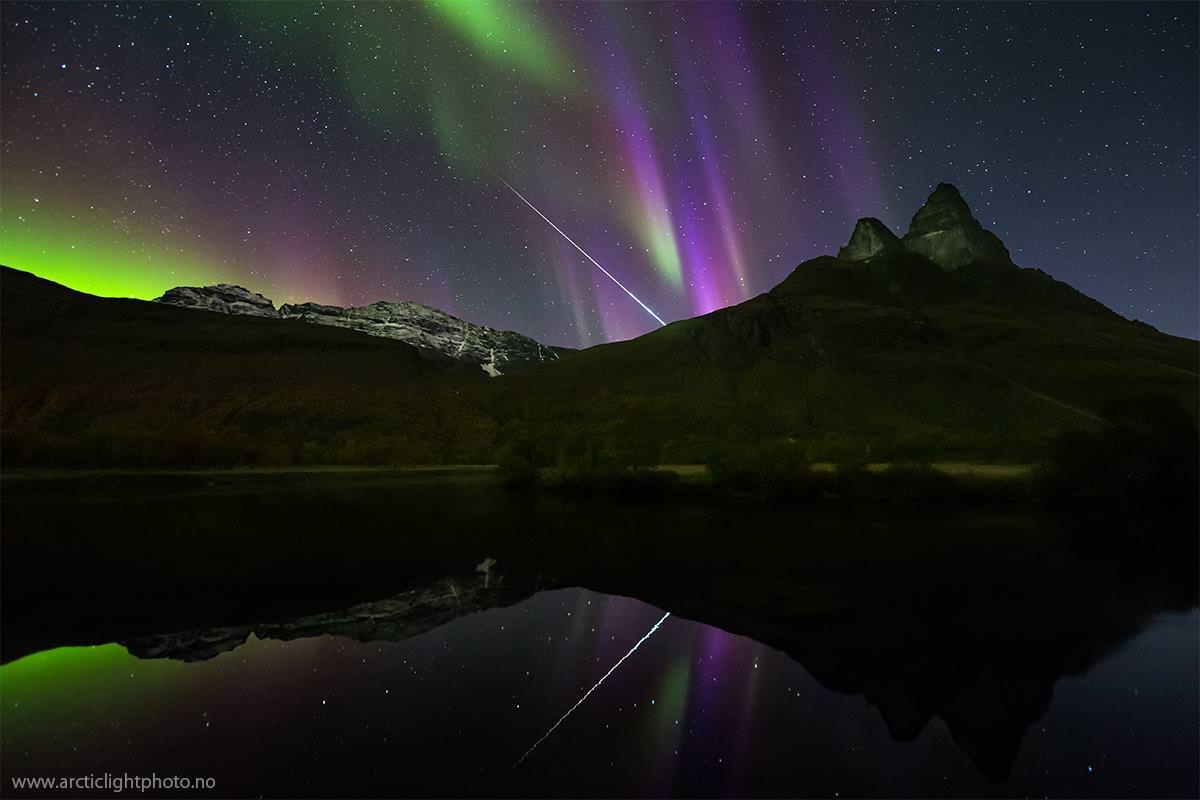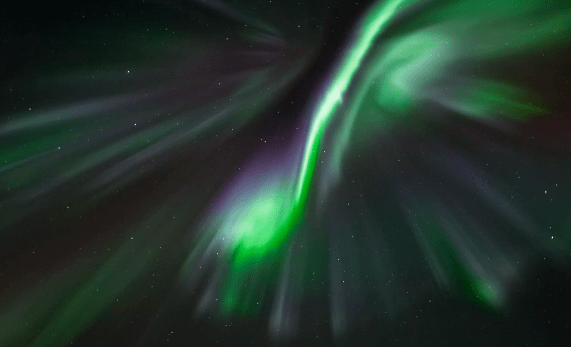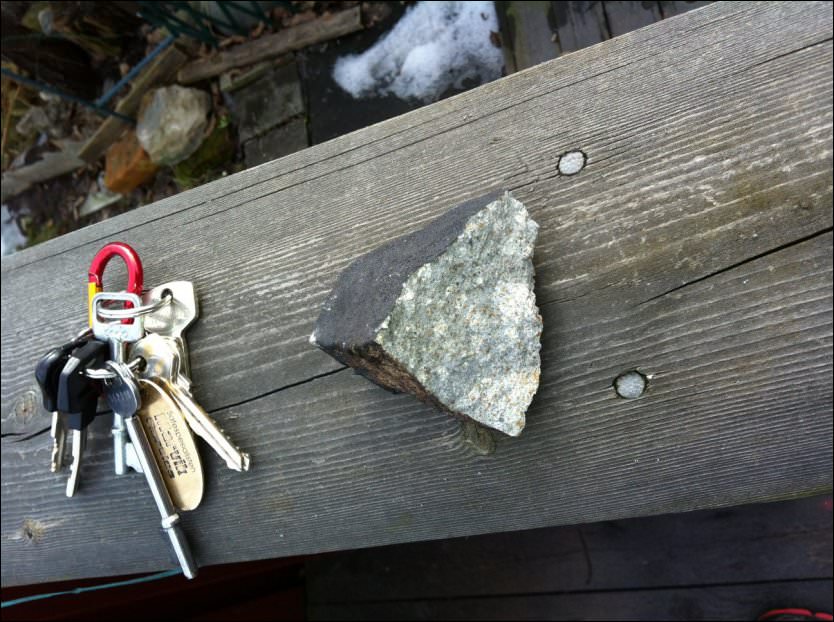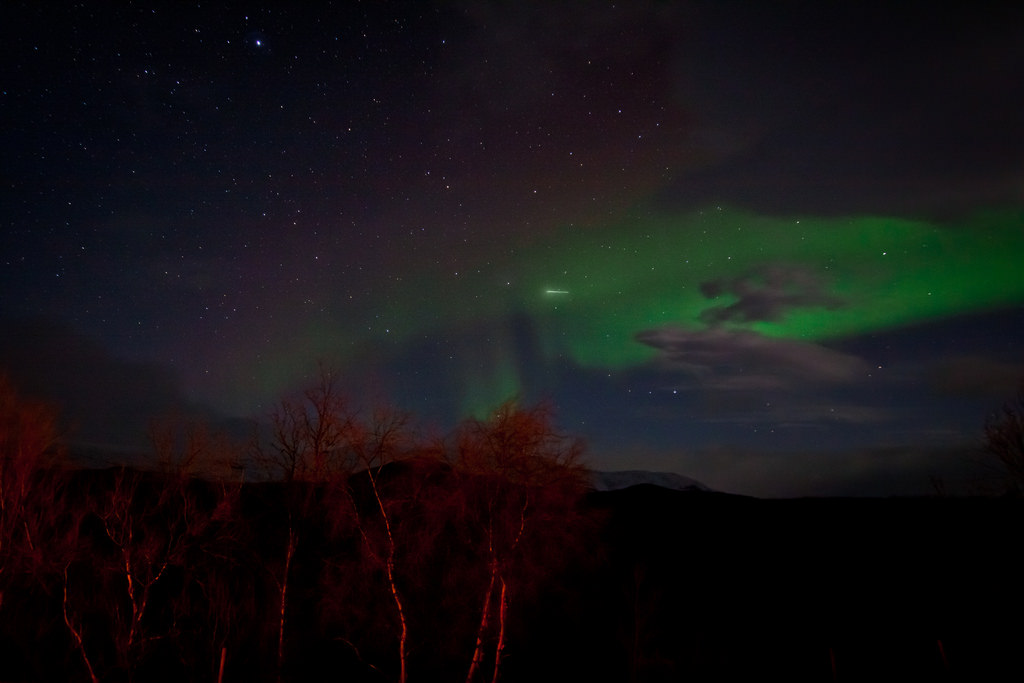If seeing the Northern or Southern Lights hasn’t been crossed off your bucket list yet, this video is the next best thing to seeing the aurora live. Astrophotographer extraordinaire Thierry Legault has captured spectacular views of the Aurora Borealis from Norway, filmed in real time.
“I was in Norway in early November,” Thierry told Universe Today, “this was my 5th stay and really the best one, with incredible auroras. At moments they were so large and fast that we didn’t know where to look.” He added they were “totally hypnotic.”
The 16-minute video includes 6 of the best sequences Legault captured. “I included the start and finish of the sequences to show their behavior to people who have never witnessed them,” he said. “The auroras seem to be alive, sometimes like snakes or rivers.”
Legault used a Sony Alpha 7s, which he says is the only camera able to record video like this in such lighting. The video is recorded at 25 frames a second.
For the best view of the video, switch to full HD mode (1080p) and full screen.
Legault has been going to Norway annually to see the aurora. Here are the views he captured last year.
See more of Legault’s work at his website. He has technical pages there with advice for capturing the night sky. He provides more details and tips in his excellent book, Astrophotography.

